matrix
learning to be uncomfortable in the process of creation

Sometimes, the things that I draw unnerve me.
It's never rational-- just something in the nefarious curve of a line, the insinuation of a shade, the gathering darkness of an ink blot.
I suspect, on some level, that this uncanny aversion is why I spent so many years of my life refusing to draw people.
As an undergrad in college, I would spend hours painting a night sky, the rolling contours of a hill, the abstracted lines of an animal in the underbrush. But I never touched people.
Somehow, that felt like straying a bit too close to home, a step too far into the uncanny valley.
Even now, I have trouble with faces. I draw the outline of an expression and almost instantly regret it. Something in the eyes, an awareness or knowing, that I transmit from myself to the parchment involuntarily every time I add another brush stroke.
And so when 2021 rolled around, one of my less overt resolutions was to analyze my discomfort with creation.
Why was I driven to extreme emotion when confronted by my own work? Surely everything I applied to canvas was already present in me before it took independent shape?
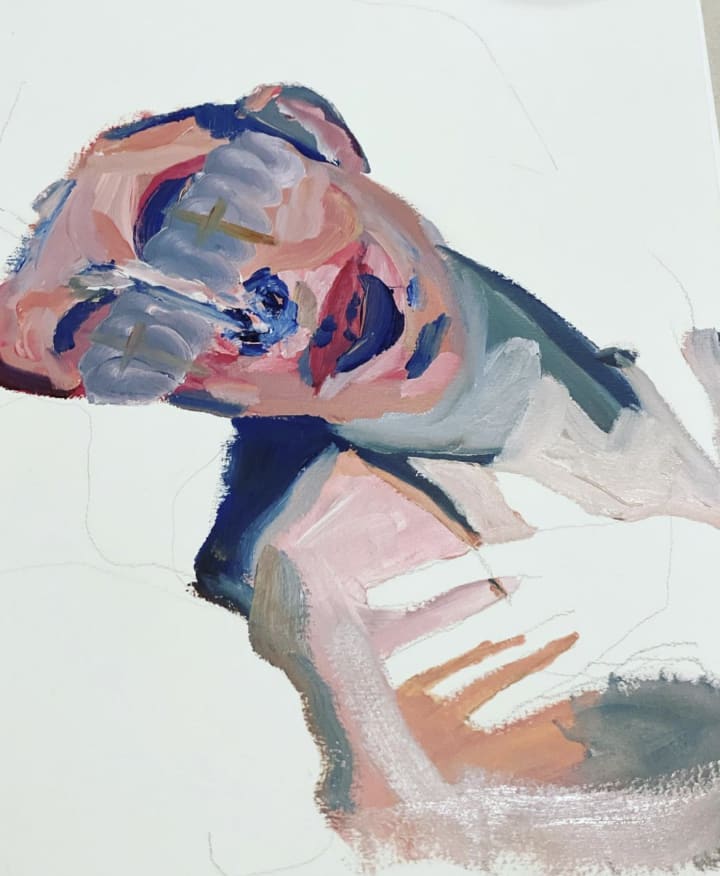
One of the earliest lessons I learned about art was that the canvas is also a kind of mirror.
Oscar Wilde says it best in his seminal masterwork, The Picture of Dorian Grey, when the ever-sensitive Basil Hallward expounds,
“Every portrait that is painted with feeling is a portrait of the artist, not of the sitter. The sitter is merely the accident, the occasion. It is not he who is revealed by the painter; it is rather the painter who, on the coloured canvas, reveals himself.”
Such an assertion seems true enough. No matter what subject the artist settles upon, she is revealing herself. There can be no falsehood in painting. Codification, yes. Deflection and deception, surely. But not outright untruth.
And truth is a rather intense thing to hold most of the time. It burns and scalds and unmakes and refashions, alchemical. Truth is the matrix in which art is burnished.
The visual, like the musical, is unique for its ability to bypass conscious thought. The viewer (or the listener) is required to take in some dramatic reality, some irrevocable truth, all at once, without any possibility of easing in.
As a child, I refused to look at any paintings by Dali, for this exact reason. I found that they catalyzed insights in me abruptly--horrifyingly-- without any consent other than my eyes falling upon them.
But this can't be all there is to it.
(And not just because when I catch myself thinking about my art as an extension of my own ego, I start to feel insane.
If art exists as a remapping of the self, a kind of radical externalization of the evacuated interior, what exactly is the point, other than to know oneself?
There is something selfish, perhapse solopsistic in these musings.)
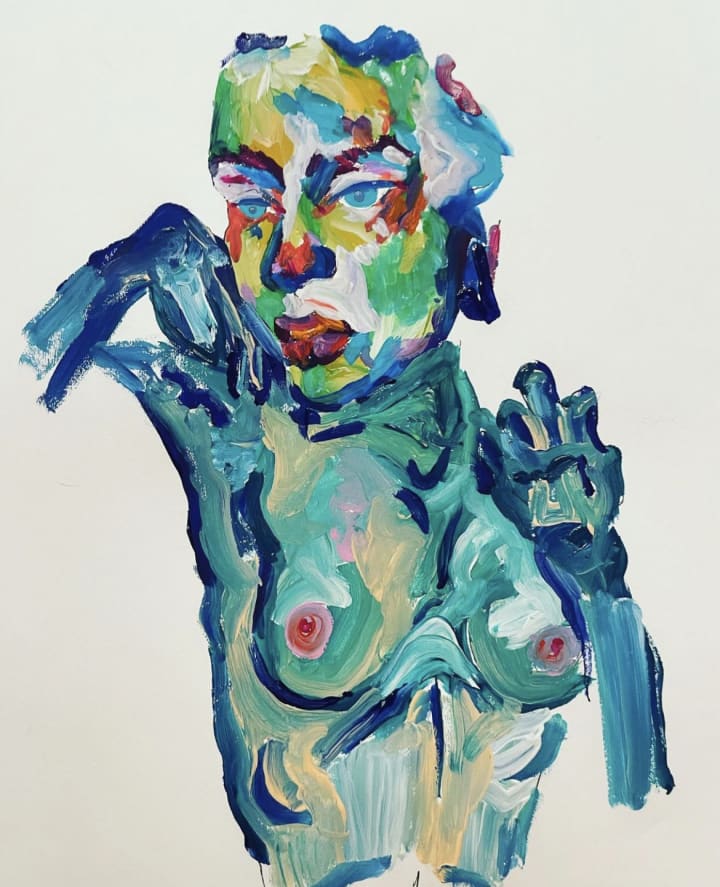
Perhaps, the magic of the visual arts has more to do with this: that the subject rendered on canvas will never be precisely equal to the ideal. What results then, is a kind of gap between what is meant, and what actually comes into being.
Put more simply, one might attempt to draw a sprawling plum tree, and end up with a picture of an automobile.
(This may sound far-fetched, but weirder things have happened in the pursuit of creation.)
How might we begin to understand this automobile, as it waits patiently upon the parchment, freshly rendered?
Perhaps it is merely a complex variation of the tree-ideal. An absurdity. Or perhaps it means something entirely new, in itself. The psychoanalytical potentialities are endless.
There is an alchemy at play every time pencil pushes downwards into paper-- as the human mind is forced to make itself material-- reality itself is being torn apart and remade, however imperfectly.
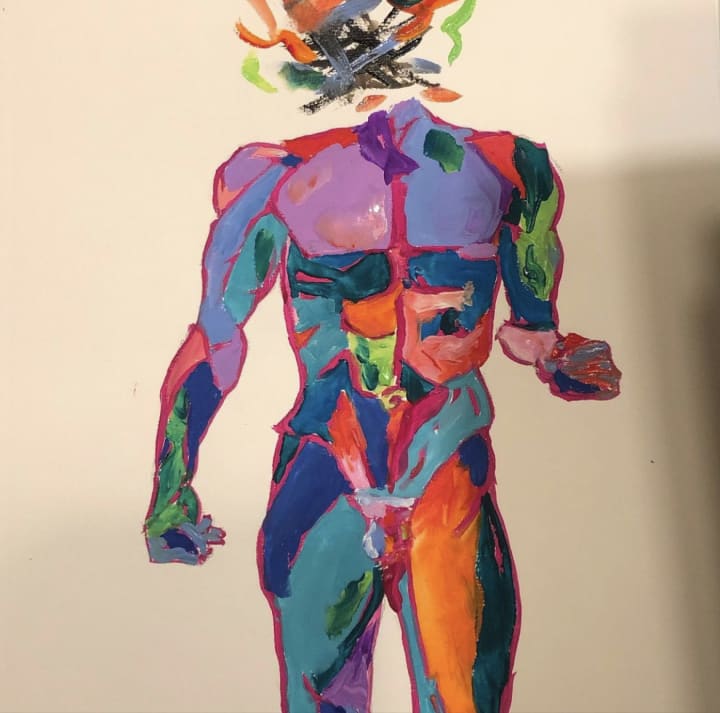
Perhaps what we create is never really ours to begin with. Who knows what strange power is at work as the charcoal moves, or the paint flows.
Franz Kafka said once that, "a book should be an ax, to break up the frozen sea within us."
Kafka also famously compared his understanding of the writing process to a kind of complicated channeling. Whether the things he described were fragments of his unconscious, or the interloping thoughts of another entity entirely, I cannot say.
Perhaps the purpose of art is to brush against the other, an experience utterly external or transcendent to our own. Perhaps it requires a certain annihilation of the ego.
Or perhaps not.
Sigmund Freud, in his essay "Das Unheimliche", explains that something is uncanny, or creepy, when it makes mysterious and unrecognizable what ought to be comfortable and familiar.
Perhaps the purpose of art is to be uncanny. To hold up the familiar and the foreign side by side, all at once.
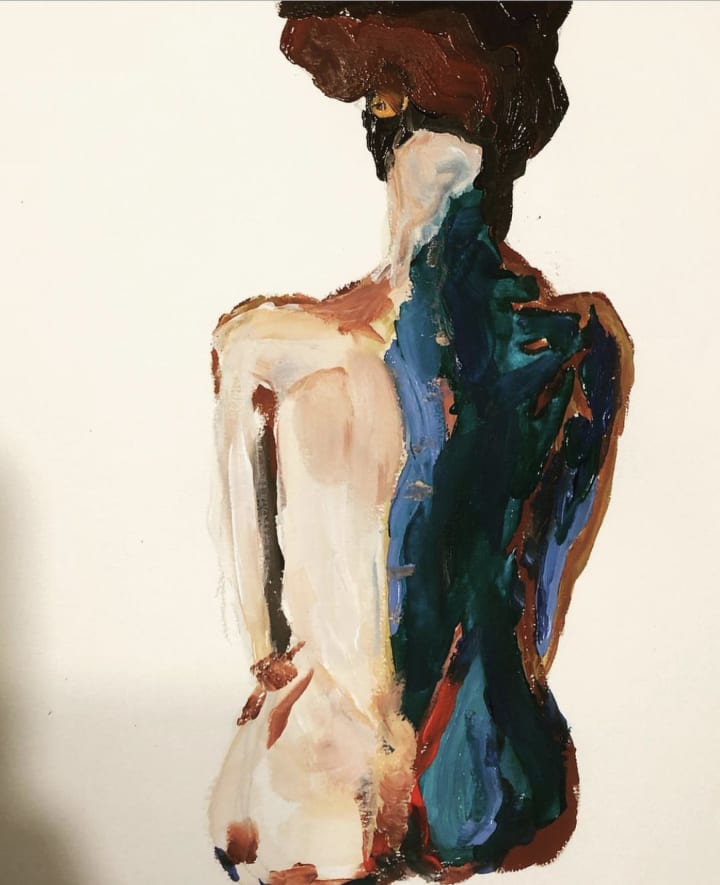
Now, one of my favorite things to draw is the human form. Male, female, neither, both, it makes no difference.
I can't be entirely sure what exactly triggered this shift. Perhaps it was a growing comfort with my own relationship to embodiment, or a willingness to experience faint discomfort for the sake of the end artistic result.
Either way, the process has been a long one, and I'm not entirely free of my creative unease yet. After all, there are a number of questions that run through my mind everytime I sit down to sketch:
Am I afraid of truth? Probably. I am compelled.
Do I trust materiality? Not at all. And yet I must to survive.
Am I ravaged by doubts about my status as an artist? How do I make them stop, though? Of course.
I don't have answers to everything. Perhaps that is place enough to begin.
Perhaps 2022 is the year that I begin to think about creation in gentler terms. As a process, a synthesis, a magic, a becoming.
what I do know, is that painting is a way of questioning the self, the world, the other. Sometimes there will be answers, and sometimes, there will just be more questions.
I am aspiring to find excitement and peace and ambiguity and grace and perhaps even love in that no man's land.
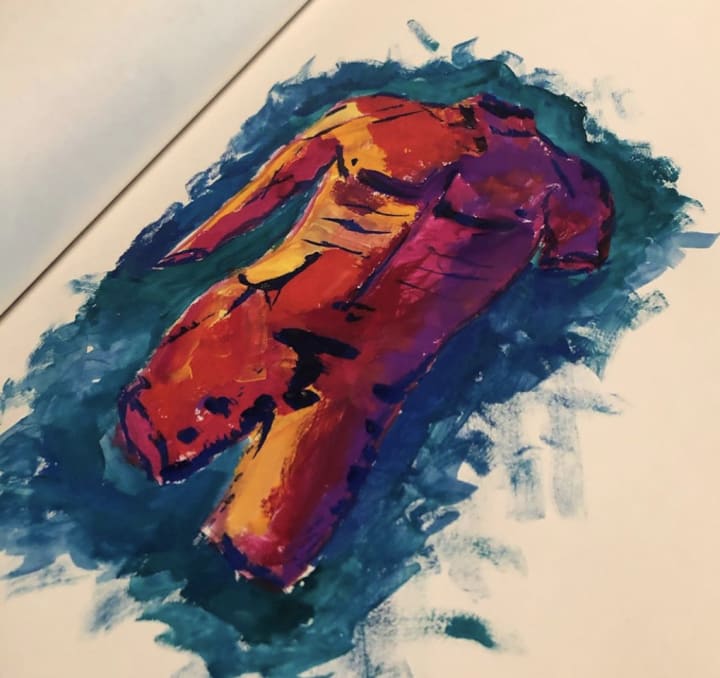
About the Creator
Katie Alafdal
queer poet and visual artist. @leromanovs on insta

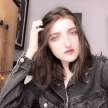
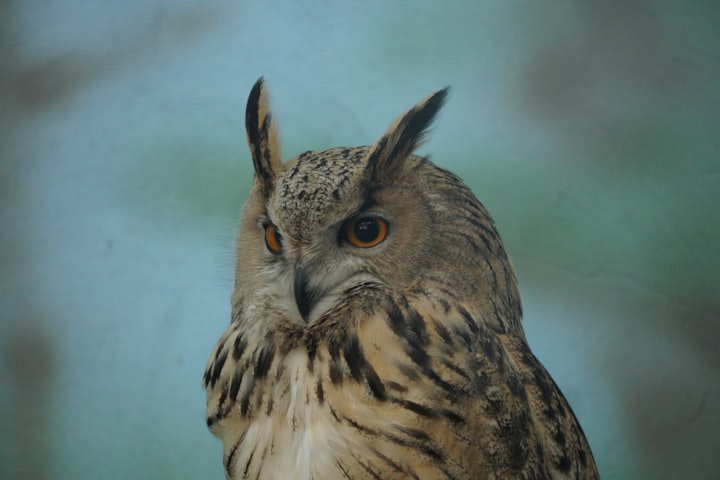

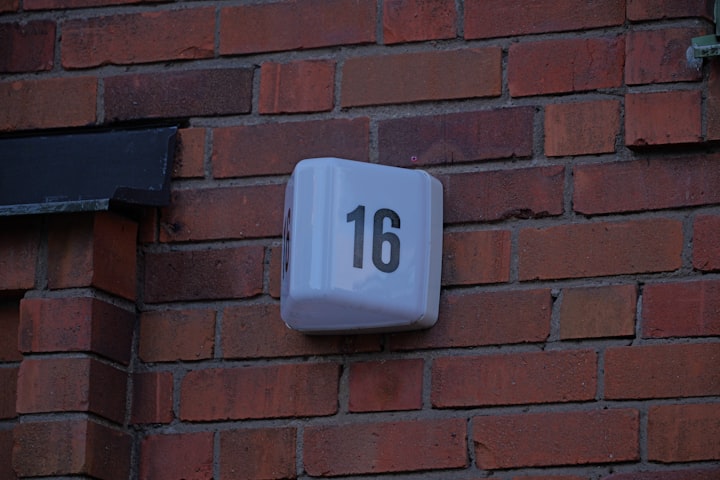

Comments
There are no comments for this story
Be the first to respond and start the conversation.